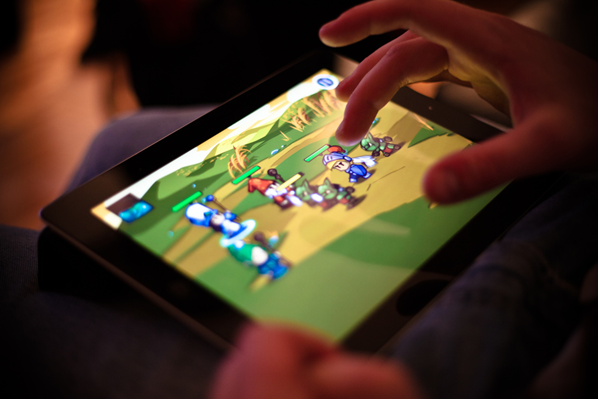When it comes to gaming, the market and its audiences are no set or defined group of people. Anyone looking for something to do could find entertainment in a game, whether that’s by console or on mobile. For this reason, the gaming industry has grown massively, with millions of games out there available to buy, download and play. Game providers are having to find new ways to keep their games accessible, all while reaching for innovative new ways of offering an unforgettable gaming experience – so how do they keep this balance? We’re exploring precisely that in more depth, below.
The Importance Of Accessibility
If there has ever been a hot topic in gaming, the recent debate about accessibility is right there at the top of the leader board. While there is still some way to go in terms of showcasing accessibility, the conversation is thankfully turning towards exactly how game providers are improving. Every person has their very own play style and games that can effectively capture that within the programs they produce are more likely to capture a higher chunk of the market. Whether that’s through offering an abundance of different options to personalise the gaming experience, to just keeping the gameplay entertaining yet simple, there’s plenty that can be done.
More and more providers are starting to consider accessibility not as an afterthought, but from the very beginning of production. Take Way of the Passive Fist, for example – the game was designed with a wider audience in mind. Players can change their control preferences, difficulty ideals and even adjust the visuals to reduce flashing lights if needed. All of this lends itself to the same gaming experience with the same storyline, yet with the ease of gameplay dependant on their needs.
As we mentioned before, accessibility within gaming is hardly perfect just yet, but more and more companies are considering this within their designs very early on.
The Fight For Innovation
Accessibility aside, games companies are also under pressure to come up with new and innovative ideas to capture the attention of their audience. The market is already saturated with software providers, having come on leaps and bounds since the 1900s and that is why they are constantly pressured to come up with new and exciting ideas for gamers to try out.
Thankfully, 2018 alone gave us plenty of examples of just how game providers are going about doing this. Leading game provider Nintendo introduced Nintendo Labo this year to go alongside their successful Switch console. This real-world construction lab gives gamers the chance to construct a number of different props, from fishing rods to steering wheels, which they can then use to play the games on their console. On a similar strain, Nintendo also released a game called Super Mario Party Toad’s Rec Room, which saw the syncing up of two Switch screens to create a larger, interactive game board in which to play.
On the mobile side of things, the app Gorogoa introduced us to a new way of playing storyline games, without a single word in sight. The gameplay is hand-drawn, fully illustrated and involves a need for solving puzzles without the introduction of any new technology. This alone is a show of just how far innovation can go without the need for technology like virtual reality.
So, How Do They Do It?
The fight for market share within gaming has grown tougher and tougher over the years and as a result, success often relies on a mixture of both innovation and accessibility. An innovative game that isn’t accessible won’t capture a substantial enough section of the market, while an accessible game that doesn’t utilise innovative gameplay or technology might fall short of the publicity it deserves.
There is a delicate balance that has to be met to truly secure accessibility of a game, and being able to fulfil this, as well as create something innovative enough to capture attention can be a difficult goal to reach. For this reason, we’re still seeing a slip in accessibility in gaming. Virtual reality and augmented reality, for example, are certainly a new and exciting addition to the gaming market – after all, Pokémon Go’s success was unprecedented for an AR game – but their accessibility isn’t always at it’s best.
For this reason, gaming has a long way to go before accessibility and innovation can work hand in hand across the board. Those that are already getting it right are securing chunks of the market that are otherwise difficult to reach. 2019 could be the year we see this come on leaps and bounds, but only time will truly tell.















